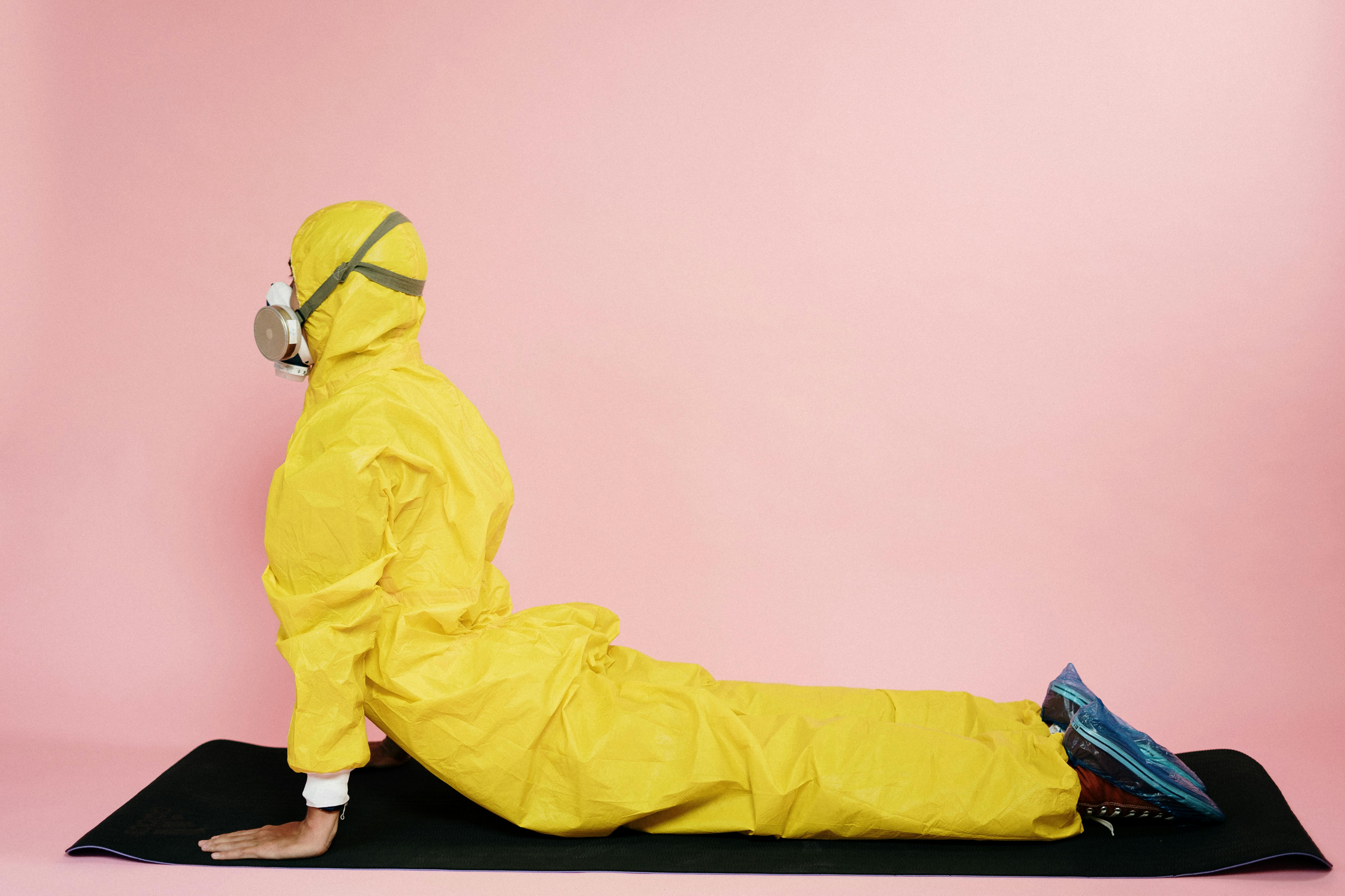If you haven’t heard of Banting yet, it’s one of the latest diets to endorse a low-carb, high-fat lifestyle. The hardest part of any diet is knowing what you can and can’t eat. That’s why we’ve put together the Banting Diet Food List. This list categorizes all the foods you can eat and the ones you should avoid when “Banting.”
So what is Banting?
Banting is the name of one of the latest diets to focus on low-carb, high-fat foods as a way to maintain normal blood sugar and insulin levels, and by doing so, lose weight and regain health and energy. The diet is named after William Banting, who in 1863 popularized a similar diet and was highly successful in transforming himself from an obese and unhealthy undertaker to a lean and energetic one.
The Banting Diet focuses on cutting out all refined carbs, sugars, and processed foods and instead focusing more on natural (and organic or farm-raised when possible) ingredients. Meat, vegetables, fats, nuts, and dairy are allowed, but sugary fruits and starchy vegetables should be limited. Anything that is processed or has preservatives, sugar, and simple carbs is completely off the menu.
It is recommended that people following this diet consume a maximum of 25g – 50g of net carbs (net carbs) per day. Net carbs are total carbs minus dietary fiber and sugar alcohols; the reason this is deducted from the total carbohydrate measure is because fiber and sugar alcohols do not have an impact on blood sugar levels. Blood sugar levels in turn increase the level of insulin in the blood, which is the main cause for the body to store unhealthy fat.
To make it easier for people starting this diet, foods are placed on three lists: The Green List; The Orange List and the Red List.
The Green List
Foods on the Green List are those that you can eat freely and daily. The foods on this list contain between 0 and 5 g of net carbohydrates (net carbs) per 100 g.
- All fresh, unprocessed animal proteins (including shellfish)
- Naturally cured sausages and sausages
- eggs
- Sweeteners (only Erythritol, Xylitol and Stevia are allowed)
- Sugar-free Full-fat, full-cream dairy products (eg, double cream yogurt, cheese)
- Coconut Cream, Milk and Water
- Black Coffee and Teas
- Animal fat and lard
- Butter
- Oils (such as olive, avocado, coconut)
- Nuts and nut butters (except those on the Orange List)
- Seeds and seed butters
- Vegetables (except those on the Orange and Red Lists)
- All seasonings that occur naturally and are not sweetened
the orange list
These are the foods that should be enjoyed only occasionally because the net carb content ranges from 6g to 25g per 100g serving.
- These vegetables: Butternut squash, parsnips, snap peas, sweet potato
- These nuts: cashews, chestnuts
- Dry wine and sugar-free spirits (for example, Vodka, Brandy)
- Dark chocolate (only 70-90%)
- All fruits (fresh not dried)
the red list
The Red List is those foods or food products that should be completely avoided. This is because they are very high in carbohydrates or sugar, or include ingredients that are toxic to the body (such as preservatives, additives, artificial sweeteners, or seed oils).
- Nuts (incl. prunes and raisins)
- Vegetables
- dad
- Corn
- All bakery and pastry products
- All processed and sweetened dairy
- Rice Milk and Soy Milk
- Beer and Cider
- All soft drinks (including diet drinks)
- Sports and energy drinks
- all fruit juice
- Battered and Battered Foods
- Popcorn
- All grains (for example, rice and couscous)
- all pasta
- all the bread
- Sweetened and processed sauces and spreads (eg, peanut butter)
- All sugars and sugar derivatives (for example, maple syrup, honey, fructose)
- All processed meat products, including vegetarian soy products




